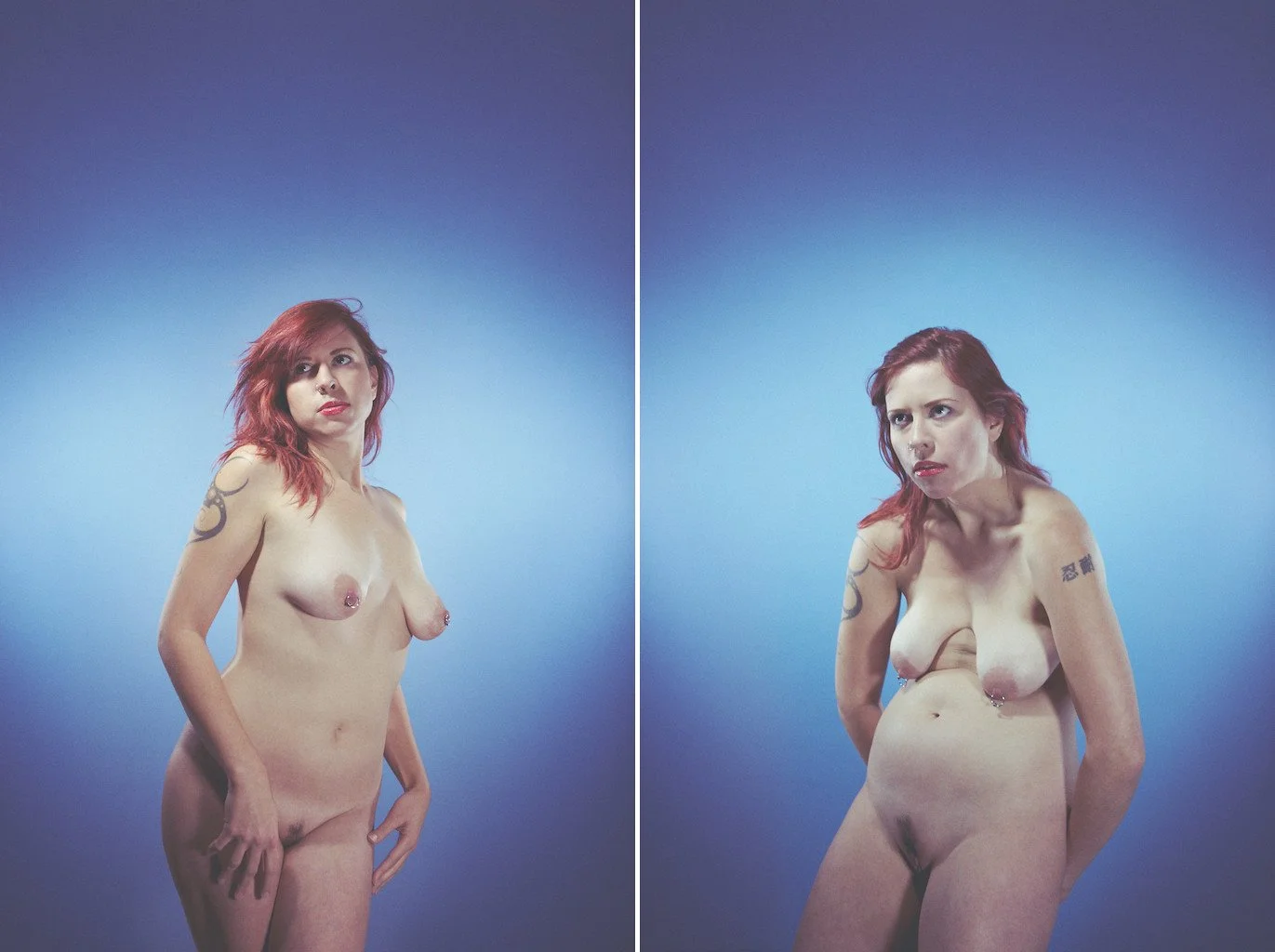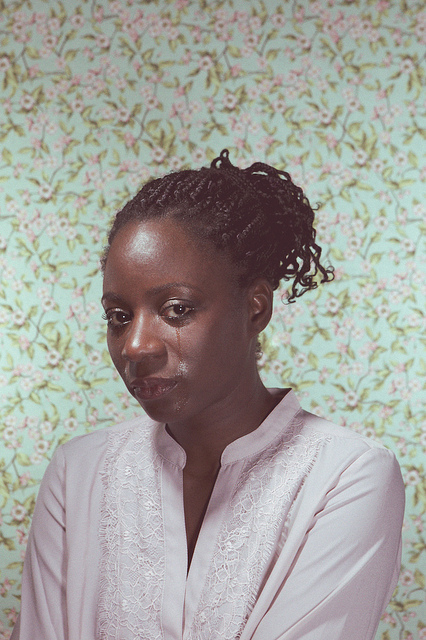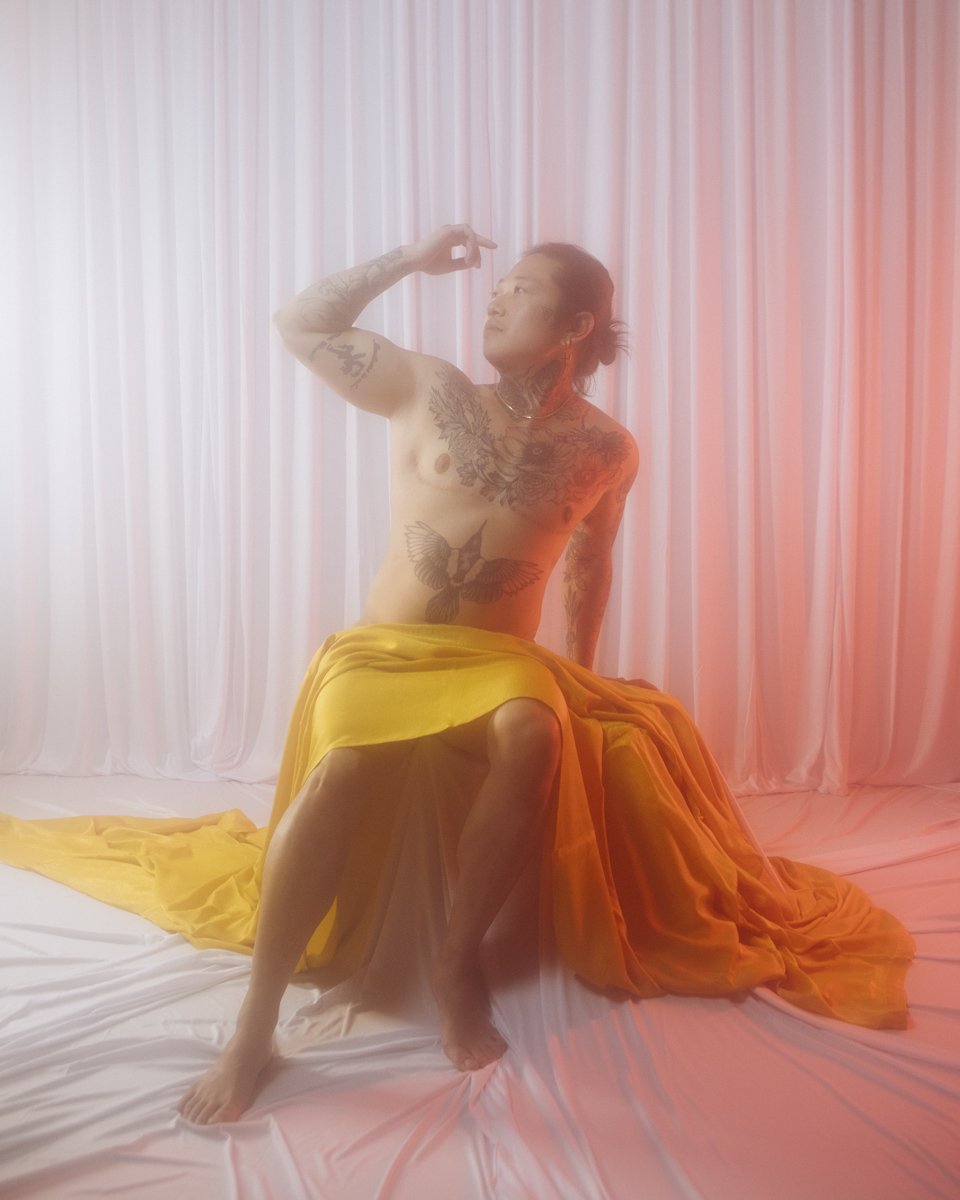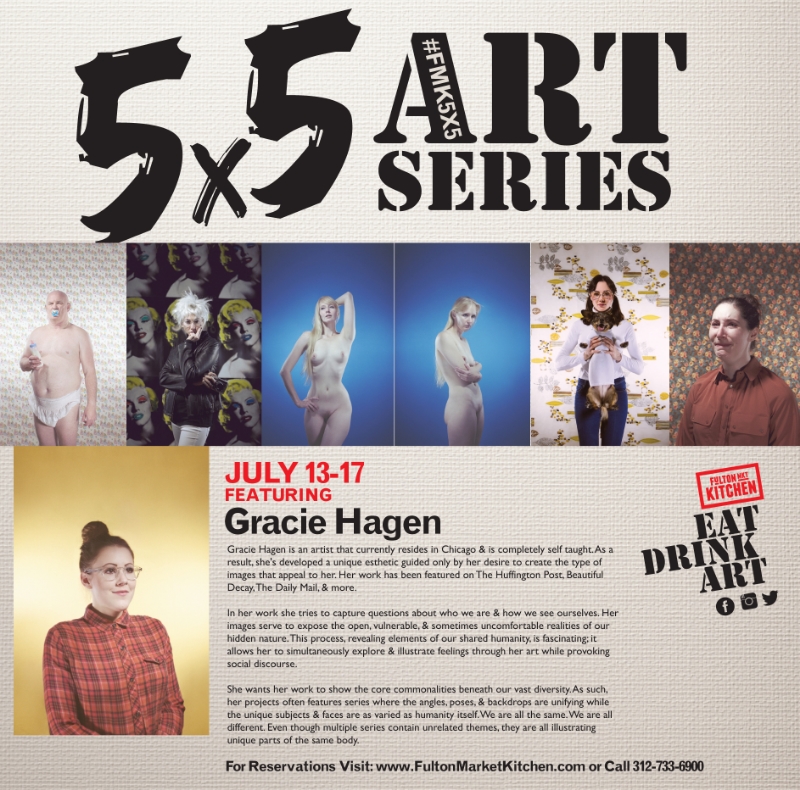Reflecting on Illusions of the Body: Going Viral and the Lessons That Followed
In Illusions of the Body, I set out to show how drastically our perception of a body can change in just a moment. A decade later, the series feels more urgent than ever, as cultural pressure around thinness resurges.
Reflecting on Secretomotor Phenomenon: Witnessing the Quiet Power of Tears
In Secretomotor Phenomenon, I photographed people crying, not as an act of performance but as an honest expression. Creating a space where vulnerability could surface on its own became one of the most profound experiences of my early practice.
Exciting News: Gracie Hagen Interviewed by Bold Journey
I'm thrilled to share some exciting news with you all, I recently had the honor of being interviewed by Bold Journey. It was an incredible opportunity to delve into the heart of what drives me and the vision behind Bodyssey, especially our commitment to empowering individuals through boudoir photography here in Chicago.
Bodyssey Featured in Exclusive Article!
I'm thrilled to share that Bodyssey, the photography studio I founded, has been highlighted in an article showcasing our unique approach to portraiture and our commitment to empowerment. This feature captures the essence of Bodyssey as a sanctuary for self-expression and celebrates our mission to uplift individuals through the art of photography.
Bodyssey Has Launched!
Thrilled to announce the project I’ve been working on for months now! Today marks the official launch of Bodyssey, a revolutionary studio dedicated to empowering individuals through the art of boudoir photography in Chicago.
New image in the series
This image is a part of a new series I’m working on, one that deals with themes of identity, authenticity and ideals in an age of highlight reels aka social media.
New Series Alert
This image is a part of a new series I’m working on, one that deals with themes of identity, authenticity and ideals in an age of highlight reels aka social media.
Working on a new series!
This image is a part of a new series I’m working on, one that deals with themes of identity, authenticity and ideals in an age of highlight reels aka social media.
New work! Feb 14th!
4 of my new, never before seen pieces will be at Dose Market FEB 14TH.
Artist Talk | Gracie Hagen
I am participating in an artist panel tomorrow evening! If you would like to hear me talk, please come!
We Are All Strangers at Fulton Market Kitchen
My interactive, photographic event involving YOU takes place soon.



















